Reference Guides

11 Must-Attend Sessions for Rad Techs at RSNA 2022 |
|
The world’s largest medical imaging conference is just around the corner. Are you bewildered about what sessions are unique to your needs as a rad tech? This guide walks you through 11 sessions and events to look forward to… |
|
Read More
 November 17, 2022 |
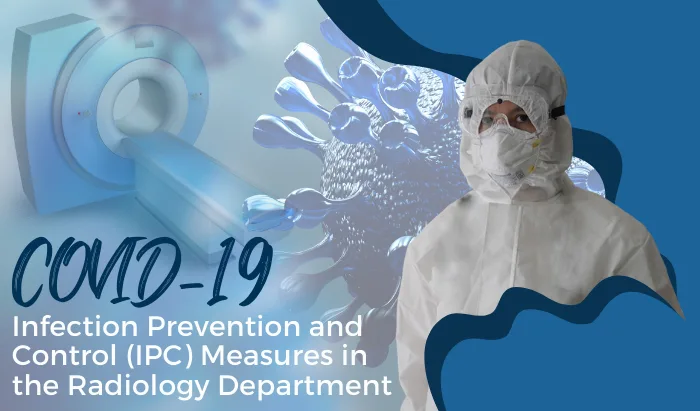
Infection Prevention and Control Measures for COVID-19 |
|
In December 2019, a cluster of patients with pneumonia associated with a novel coronaviruses were registered in Wuhan City, Hubei Province of China. This virus was officially named by the World Health Organization… |
|
Read More
 November 7, 2022 |

How to Prepare a Thermoplastic mask for Radiation Therapy |
|
Over half of cancer patients receive radiation therapy at some point during their treatment. It’s the most often used modality, it uses the linear particle accelerator (LINAC). LINAC utilizes ionizing radiation to locally destroy cancer cells… |
|
Read More
 November 3, 2022 |

MRI in Multiple Sclerosis (MS): Protocols and Best Practices |
|
Since there is no definitive test for multiple sclerosis (MS), patients suspected of having the disease undergo a variety of different tests in diagnostic process. Magnetic resonance imaging (MRI) is part of that process… |
|
Read More
 November 1, 2022 |
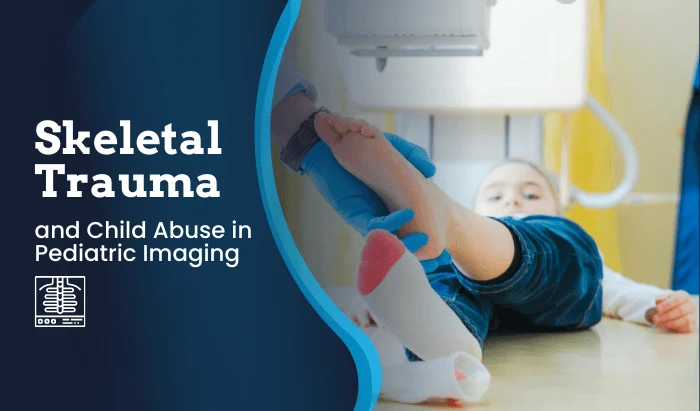
Skeletal Trauma and Child Abuse in Pediatric Imaging |
|
In this article, we will review pediatric classifications and age ranges, parts of bone growth on radiographs, and different types of pediatric skeletal trauma, along with identifying potential signs of child abuse… |
|
Read More
 November 1, 2022 |

10 Things for RTs to Consider in Repeat X-Ray Imaging |
|
The radiographer’s main job is to acquire images of excellent diagnostic quality while adhering to the ALARA principle. Sometimes that means repeating an image, and sometimes it doesn’t. It is your responsibility… |
|
Read More
 November 1, 2022 |
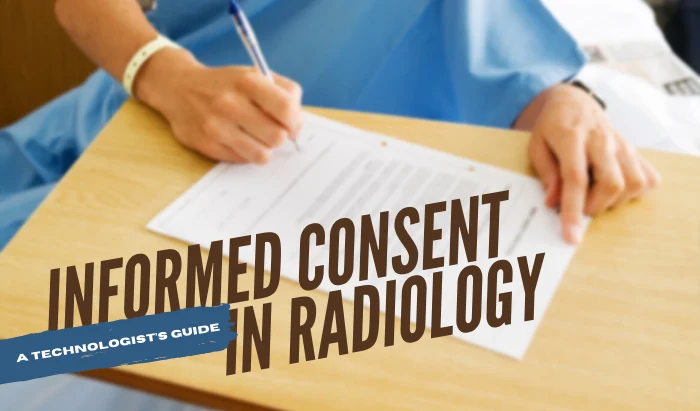
Informed Consent in Radiology: A Technologist’s Guide |
|
Patients today are becoming increasingly well-informed and are demanding more involvement in decisions related to their medical care. To make a sensible decision concerning his or her treatment, a patient needs… |
|
Read More
 November 1, 2022 |

How To Deal With Angry Patients: A Rad Tech’s Guide |
|
Workers in healthcare settings face significant risks of workplace violence. According to the US Occupational Safety and Health Administration (OSHA), healthcare workers (HCWs) are four times more likely to be victimized… |
|
Read More
 November 1, 2022 |

Patient Confidentiality in Healthcare: The Radiology Department |
|
Radiologists and radiographers have been at the forefront of adopting digital medical imaging and electronic health information. In order to provide high quality medical care to patients, radiologists and radiographers… |
|
Read More
 November 1, 2022 |

Understanding Emotional Health: A Rad Tech’s Guide |
|
Radiologic technologists, along with other healthcare professionals, have been bearing the weight of unprecedented challenges during the protracted COVID healthcare crisis. Now, with the new Omicron… |
|
Read More
 November 1, 2022 |

Ethical Issues in Radiology: A Guide for Rad Techs |
|
Radiologic technologists plays a key role in the healthcare cycle. Acting with compassion and sensitivity, as well as with professional behavior, all while remaining calm is an integral part of this role… |
|
Read More
 November 1, 2022 |
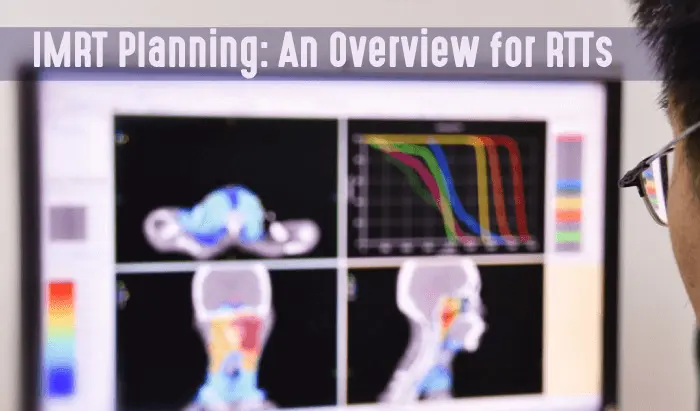
Intensity-Modulated Radiation Therapy (IMRT) 3D Planning |
|
This article addresses intensity-modulated radiation therapy (IMRT) planning—specifically the dynamic MLC delivery type—and its importance in radiation therapy treatment. In this article, we’ll define the different delivery types… |
|
Read More
 November 1, 2022 |

Cultural Competence in Healthcare & the Rad Tech |
|
Today, multiculturalism, diversity, and identity have come to the forefront of studies and literature in a multitude of fields, including diagnostic medical imaging. New educational approaches attempt to incorporate… |
|
Read More
 November 1, 2022 |
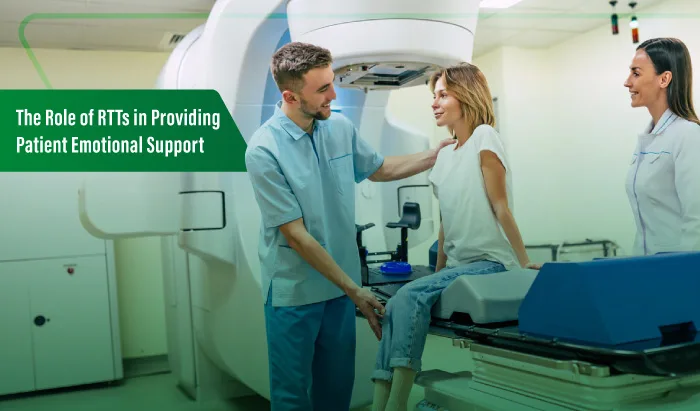
The Role of RTTs in Providing Patient Emotional Support |
|
Almost all cancer patients report grappling with their emotions at various points during their treatment. It is common for patients to feel worried, sad, scared, furious, disappointed, alone, or powerless…. |
|
Read More
 November 1, 2022 |

Everything You Need To Know About the ARRT® Standards of Ethics |
|
RTs are faced with ethical dilemmas every day. It comes with the territory. Sometimes it can be difficult to know what is right or to do the right thing. Even so, the best interests of patients should always be the ultimate principle… |
|
Read More
 October 31, 2022 |
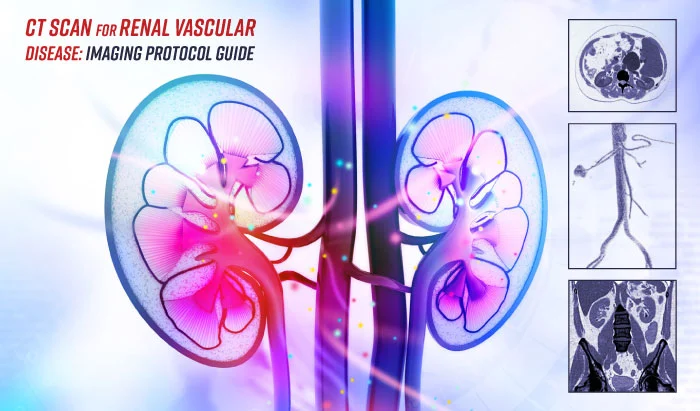
CT Scan for Renal Vascular Disease: Imaging Protocol Guide |
|
This article is part of our series of reference guides aimed at supporting computed tomography (CT) technologists in improving their clinical routines, enhancing the quality of the images they acquire, and delivering… |
|
Read More
 October 31, 2022 |
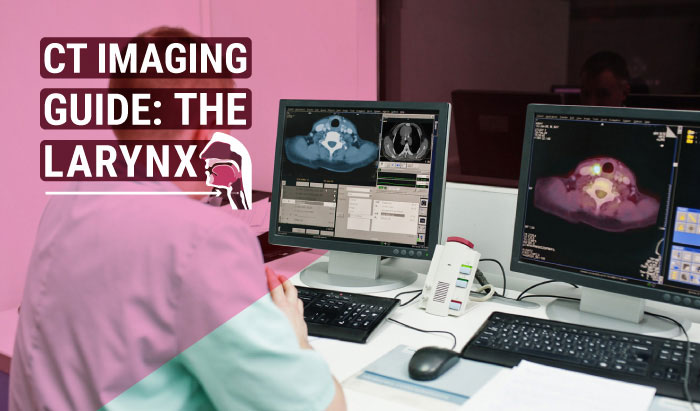
CT Imaging Guide: The Larynx |
|
Computed Tomography (CT) scanning can be a valuable tool in assessing trauma to and the many different pathologies of the laryngeal space. This article is part of our series on Computed Tomography (CT), and addresses the larynx… |
|
Read More
 October 31, 2022 |
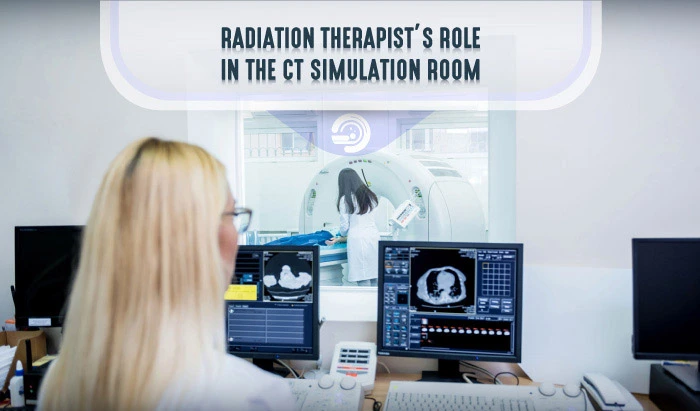
Radiation Therapists’ Role in the CT Simulation Room |
|
Radiation therapists play multiple, important roles in the treatment of patients with cancer. As part of the oncology teams that treat patients with cancer, radiation therapists operate machines that deliver concentrated… |
|
Read More
 October 31, 2022 |
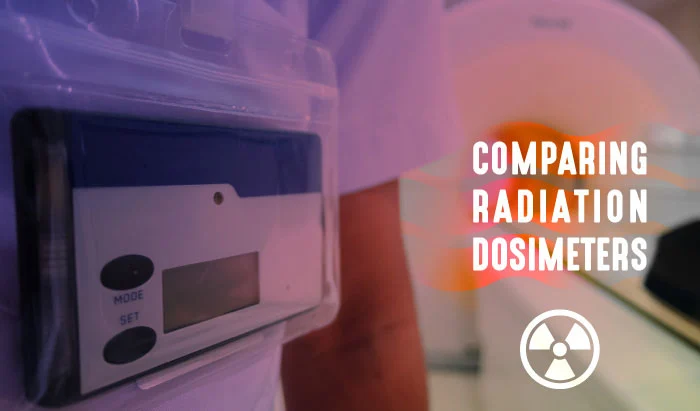
Comparing Radiation Dosimeters |
|
The primary source of a radiologic technologist’s radiation exposure comes from scatter radiation emanating from patients. In order to keep the rad techs’ occupational dose exposure levels lower than the annual… |
|
Read More
 October 31, 2022 |
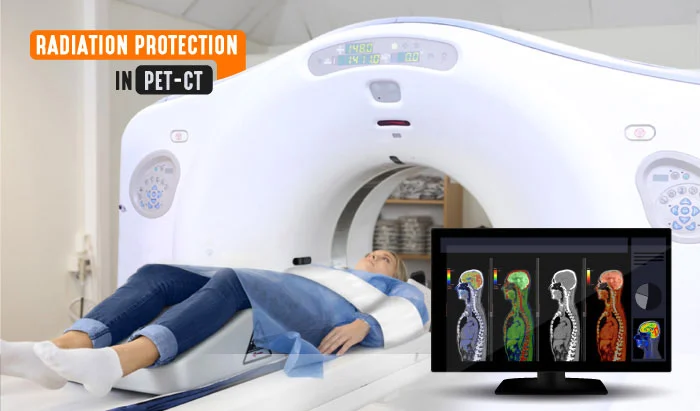
Radiation Protection in PET/CT |
|
Did you know that a CT scan of the abdomen and pelvis exposes an individual to about 10 mSv, while a PET/CT exposes an individual to about 25 mSv of radiation? This is equal to about 8 years of average background… |
|
Read More
 October 31, 2022 |
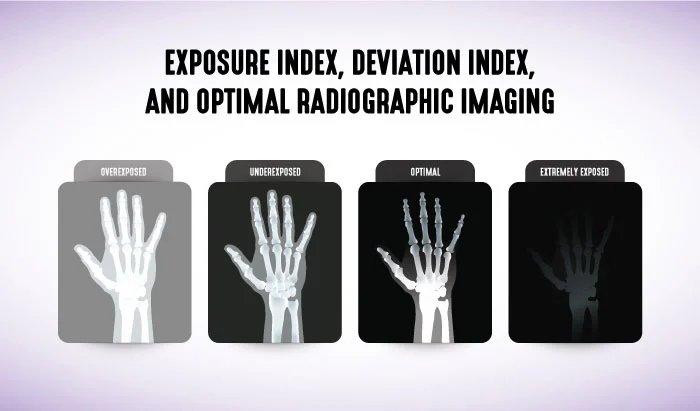
Exposure Index, Deviation Index, and Optimal Radiographic Imaging |
|
What is the difference between exposure index and deviation index in digital imaging, and how can you know if you have an optimal radiographic image? This article aims to answer both questions for rad techs… |
|
Read More
 October 31, 2022 |
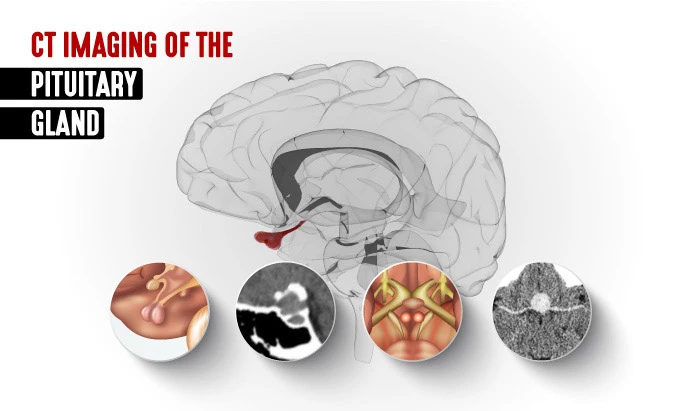
CT Imaging of the Pituitary Gland |
|
This article is part of our series on Computed Tomography (CT). Here, we address pituitary gland anatomy, physiology, and pathologies, as well as the CT scanning protocols for imaging the pituitary gland… |
|
Read More
 October 31, 2022 |

MRI Zones: A Guide for Rad Techs |
|
MRI accidents happen all the time. Most of them are due to zone infractions, whether it be a person or an object that entered a restricted zone. It is a shared responsibility among the staff members of the facility… |
|
Read More
 October 31, 2022 |
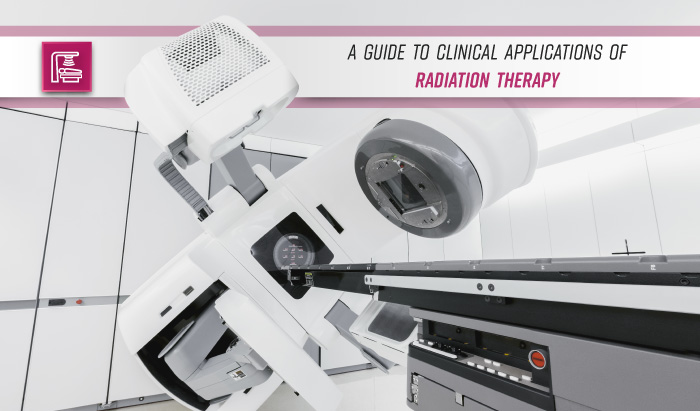
Radiation Therapy Uses: A Guide to Clinical Applications of Radiation Therapy |
|
Radiotherapy or radiation therapy, often abbreviated RT, RTx, or XRT, is a therapy using ionizing radiation normally delivered by a linear accelerator. It is a common misconception that the only use for radiation therapy… |
|
Read More
 October 31, 2022 |
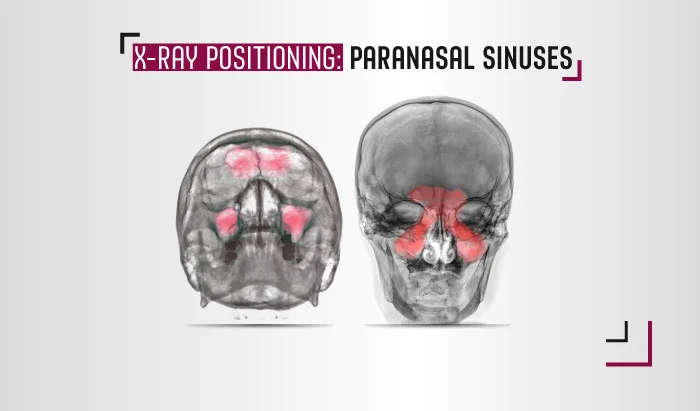
X-Ray Positioning: Paranasal Sinuses |
|
The paranasal sinus x-ray is no longer a common procedure, but it is one that is still occasionally requested by physicians. For radiologic technologists receiving an order this relatively obscure imaging procedure… |
|
Read More
 October 31, 2022 |

MRI Contrast Safety: Possible Gadolinium Side Effects |
|
This article is focused on MRI contrast media safety, specifically on the possible side effects of gadolinium, preventative measures that you as an MRI technologist can take, and what to do if your patient does experience… |
|
Read More
 October 31, 2022 |

MRI Safety and Risks: Biological Effects of MRI |
|
This article is part of our series on magnetic resonance imaging (MRI) safety and risks. This article addresses some of the biological effects associated with MRI, discusses safe MRI practices, practical prevention… |
|
Read More
 October 31, 2022 |
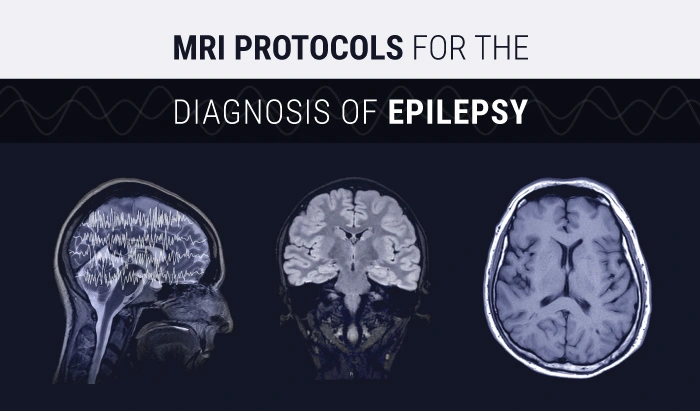
MRI Protocols for the Diagnosis of Epilepsy |
|
This article is intended as a quick reference guide for MRI technologists on the MRI protocols used in the diagnosis of epilepsy. While MRI cannot provide absolute evidence of epilepsy, it is an invaluable tool… |
|
Read More
 October 31, 2022 |
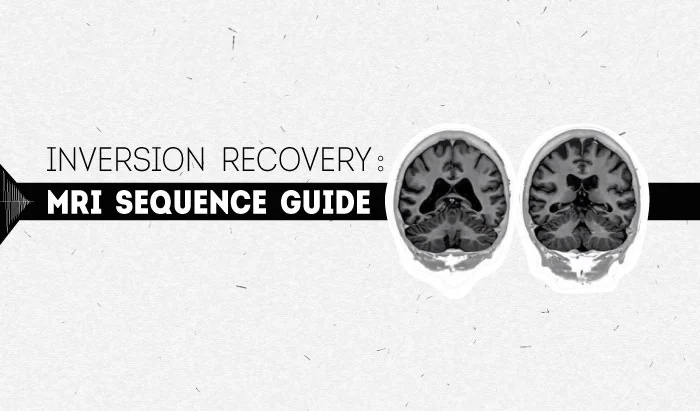
Inversion Recovery: MRI Sequence Guide |
|
This guide to inversion recovery is part of our series of guides to MRI sequences. Itself a variation of the spin echo sequence, the inversion recovery is also the basis for two additional MRI pulse sequences: the fast spin echo… |
|
Read More
 October 31, 2022 |
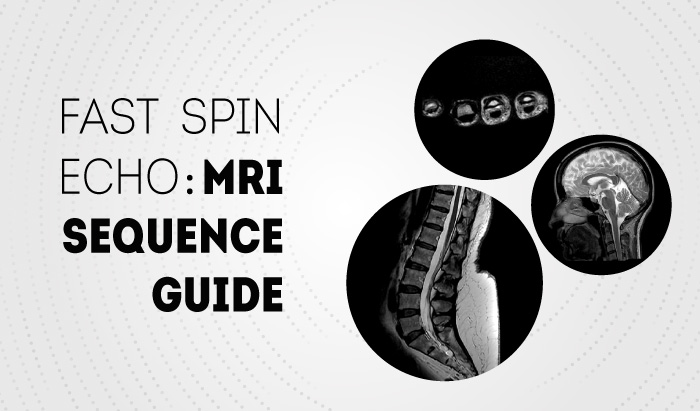
Fast Spin Echo: MRI Sequence Guide |
|
This guide is intended for radiologic technologists and will cover the FSE chronogram, important parameters, advantages and limitations of the sequence, as well as its usage, also providing examples of what an MRI image… |
|
Read More
 October 31, 2022 |
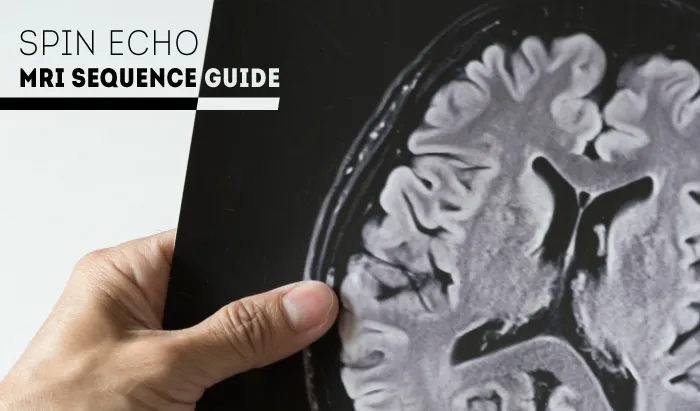
Spin Echo: MRI Sequence Guide |
|
This is the first in our series of guides for radiologic technologists on MRI sequences. In MRI, a sequence is a combination of radiofrequency waves and gradient pulses which are both applied at very specific times and in… |
|
Read More
 October 31, 2022 |
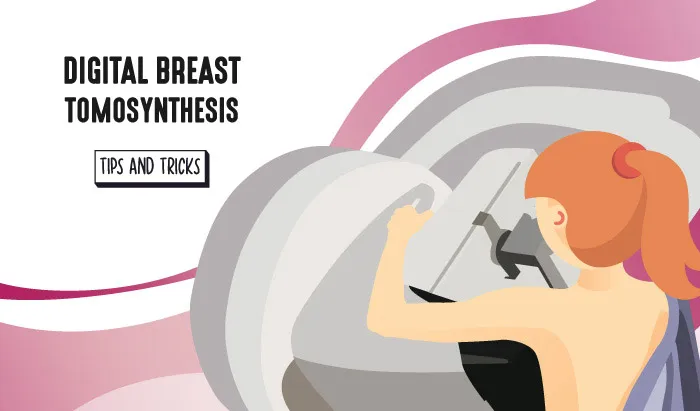
DBT: Tips for Acquiring Better Quality Images |
|
Post-processing can be done at the technologist’s workstation. Window level and window width can be adjusted. Although, major adjustments are not recommended because the computer has already optimized the image… |
|
Read More
 October 31, 2022 |

Benign Breast Pathologies |
|
Benign breast conditions are very common. Unlike breast cancers, benign breast tumors are not considered dangerous or life-threatening. They do not spread to other parts of the body, nor do they invade nearby tissues. |
|
Read More
 October 31, 2022 |

Digital Breast Tomosynthesis: An Overview |
|
This article is intended to provide a brief overview of digital breast tomosynthesis, or 3D mammography, for practicing mammography technologists, mammography technologists-to-be, rad techs who may be interested… |
|
Read More
 October 31, 2022 |

Mammography Projections and Positioning: A Quick Guide |
|
A mammo tech knows that breast positioning is critical to the success of a mammogram. Proper positioning for each projection helps to ensure that more breast tissue is imaged, most artifacts are eliminated, and the sensitivity… |
|
Read More
 October 31, 2022 |

Patient Care in Mammography: The Technologist’s Guide |
|
Breast cancer is the most common cancer in women worldwide. Each October, charities, research organizations, mammography technologists, and individuals touched by breast cancer take part in Breast Cancer Awareness Month. |
|
Read More
 October 31, 2022 |
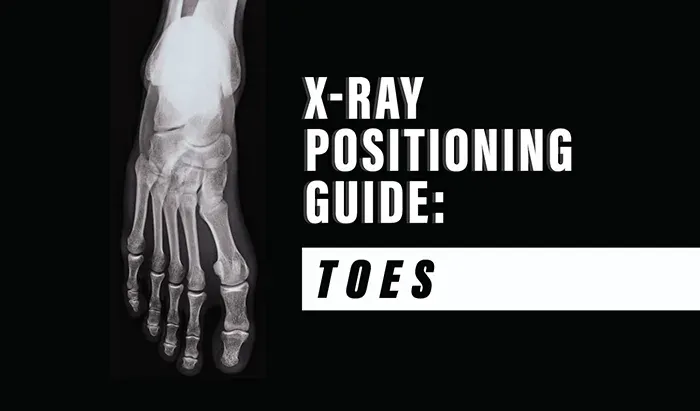
X-Ray Positioning Guide: Toes |
|
Here, we’re talking x-rays for toes. This article is intended as a quick x-ray positioning guide for radiologic technologists on radiographic positioning of the foot for x-rays to show the patient’s toes including 5 views… |
|
Read More
 October 31, 2022 |

BI-RADS Classification: Reference Guide |
|
The guide below is intended as a quick reference for mammography technologists. Whether you are studying to take your boards, or whether you simply need a refresher for presenting cases to the radiologist… |
|
Read More
 October 31, 2022 |
